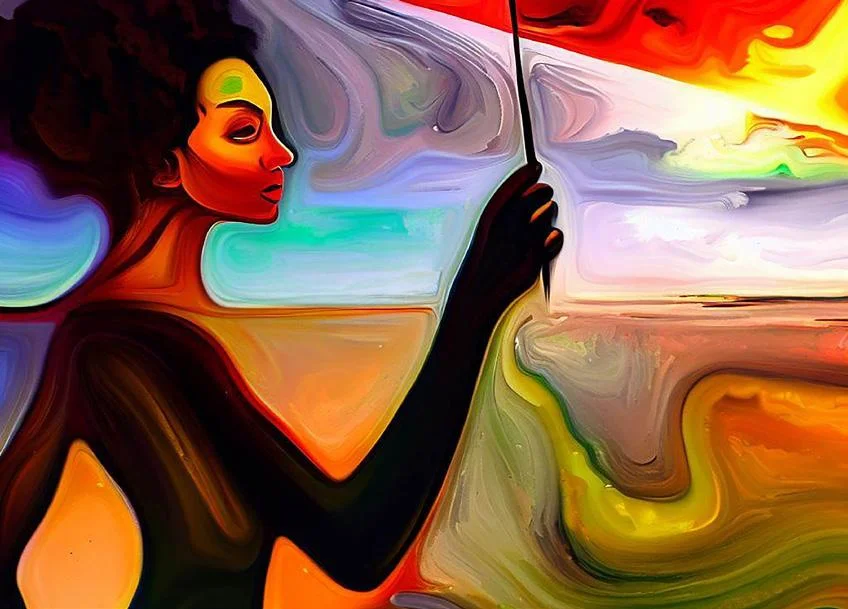The Power of Art in Activism
Art has always been a powerful tool for expressing ideas and challenging the status quo. Throughout history, artists have used their creativity to shed light on social issues, provoke thought, and inspire change. From visual arts to music, literature to performance, art has played a significant role in activism and social movements.
Art has the ability to transcend language and cultural barriers, making it a universal form of communication. It has the power to evoke emotions, provoke conversations, and challenge societal norms. By tapping into the collective consciousness, art can create a sense of empathy and understanding among individuals, fostering a sense of unity and solidarity.
Art as a Catalyst for Change
Art has the unique ability to challenge existing narratives and offer alternative perspectives. It can disrupt the status quo and question deeply ingrained beliefs. Through their work, artists can bring attention to marginalized voices, highlight social injustices, and advocate for change.
One example of art as a catalyst for change is the civil rights movement in the United States. Artists such as Nina Simone, Bob Dylan, and Sam Cooke used their music to shed light on racial inequality and inspire a generation to take action. Their songs became anthems of the movement, rallying people together and giving them hope.
Visual artists have also played a significant role in activism. The iconic image of Rosie the Riveter, created by J. Howard Miller during World War II, became a symbol of female empowerment and the strength of women in the workforce. This image not only boosted morale but also challenged traditional gender roles and paved the way for greater gender equality.
Art as a Platform for Marginalized Voices
Art has the power to amplify the voices of those who are often silenced or overlooked. It provides a platform for marginalized communities to express their experiences, struggles, and aspirations. By giving a voice to the voiceless, art can bring attention to social issues that are often ignored.
For example, street art and graffiti have been used by marginalized communities to reclaim public spaces and challenge oppressive systems. Artists like Banksy have used their work to highlight issues such as poverty, inequality, and political corruption. Their art not only beautifies the urban landscape but also serves as a reminder of the social issues that need to be addressed.
The Role of Art in Building Empathy and Understanding
Art has the power to bridge gaps and build empathy among individuals. It can create a space for dialogue and understanding, allowing people to see the world from different perspectives. By immersing themselves in art, individuals can develop a deeper understanding of social issues and the experiences of others.
For example, theater and performance art have been used to address topics such as racism, discrimination, and mental health. Through storytelling and immersive experiences, these art forms can create a sense of empathy and encourage audiences to reflect on their own biases and prejudices.
Conclusion
Art and activism go hand in hand. Through their creativity, artists have the power to challenge the status quo, amplify marginalized voices, and inspire social change. Whether it’s through visual arts, music, literature, or performance, art has the ability to transcend boundaries and create a sense of unity among individuals. By harnessing the power of art, we can continue to push for a more just and equitable society.



































